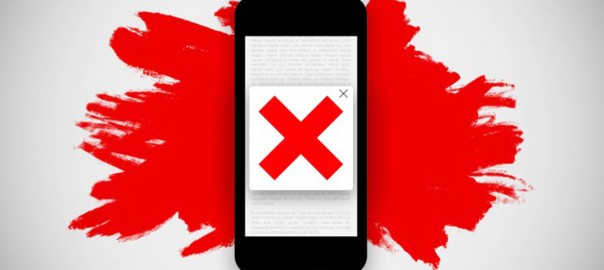For months now, marketing, advertising and app-development industries have debated the implications of content blockers built into iOS 9. Now that iOS 9 has been released, ad blocker apps have appeared on the iTunes store and gained popularity in no time. Peace app, created by Marco Arment, former CTO of Tumblr and founder of Instapaper, is one such app.
There are others too, like Crystal which have gained popularity. Peace which sells at $2.99 has topped the paid charts of iTunes within hours literally -even ahead of games like Kim Kardashian: Hollywood in some stores. There are content blockers which block analytics too.
For the uninitiated, content blocker apps block ads only in the Safari browser on iOS 9. Users have to enable these content blockers in Settings. What’s more, apps like Peace offer options to hide comments, block external fonts and block social widgets. Peace also allows a user to specify an unrestricted site.
Needless to say, this has stirred a hornet’s next in the marketing world. Website owners too will have to worry about potential loss of revenues through advertising. Marco Arment says in his introductory post:
And we shouldn’t feel guilty about this. The “implied contract” theory that we’ve agreed to view ads in exchange for free content is void because we can’t review the terms first — as soon as we follow a link, our browsers load, execute, transfer, and track everything embedded by the publisher. Our data, battery life, time, and privacy are taken by a blank check with no recourse. It’s like ordering from a restaurant menu with no prices, then being forced to pay whatever the restaurant demands at the end of the meal.
From what we see in social media, consumers clearly seem to love the experience of browsing a site without ads as it loads web pages faster and provides a relatively better user experience. App developers are likely to invest more time & money behind this phenomenon as such apps clearly address a pain point and provide utility. It remains to be seen how Google and online publishers react to this. The commonly held view is that native ads will get a boost and the advertising industry has to re-think ways of engaging users through means other than intrusive ads. Interesting times ahead for end users, publishers, advertisers and app developers.





